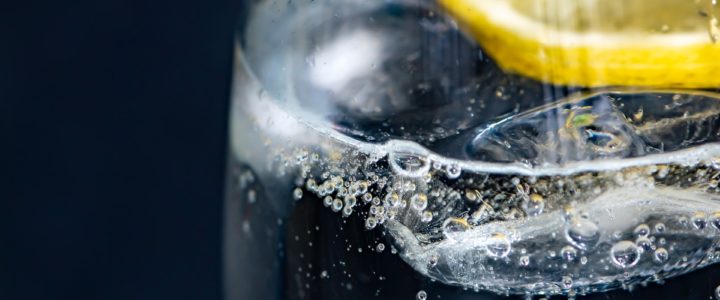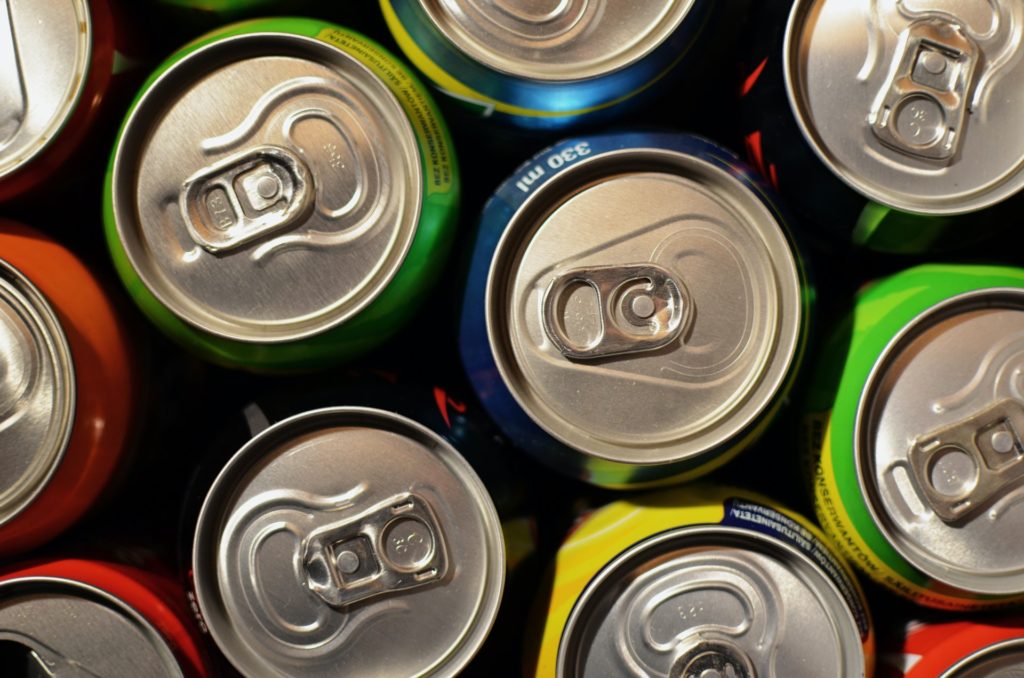
It might not be the first thing you think when you hear that fssst when you open a can of soda, but you’ve just released some carbon dioxide into the atmosphere. Gasp. IKR? But before you swear off everything fizzy, let’s take a closer look. Because it’s not as bad as you think.
The carbonated beverage market is huge. And still growing. Without including alcoholic beverages, it’s expected to hit a market value of US $320 billion by 2028. There has also been a notable push for healthier options, like low-calorie, low-carb, gluten-free, clean-label and using natural sweeteners like stevia. In the UK in 2021, low- and no-calorie carbonated beverages outsold regular versions by more then double.
How does one carbonate a beverage? Carbon dioxide gas is forced into a beverage under very high pressure, where it undergoes a chemical reaction when it hits the water (90% of any soda pop is water), producing aqueous carbonic acid. This essentially traps the dissolved carbon dioxide. And the pressure inside the container keeps the molecules trapped – a carbonated beverage in an unopened container contains almost no bubbles. When you open the container, however, you’re releasing the pressure, allowing the CO2 to break free from the solution and make its way to the surface, giving you the fizz sound and feel on your tongue.

Carbon dioxide has a few important properties, making it the perfect choice for giving soda drinks this fizz. Firstly, it’s soluble. The most soluble of all the non-toxic gases. Approximately 1.5 liters of carbon dioxide can be dissolved in 1 liter of water, when at normal atmospheric temperatures. The next characteristics are stability and safety – carbon dioxide will always form carbonic acid with no nasty by-products, and it’s non toxic. Methane could be used to create the bubbles, but being highly flammable it isn’t a good choice. Carbon dioxide is cheap, meaning carbonated beverages can be offered at reasonable price points. And lastly, carbon dioxide preserves the beverage for a very long time – shelf life being another factor in maintaining achievable prices for consumers to access these beverages.
But now for the all important question….does this mean that anyone concerned for the longevity and health of this beautiful planet, can’t enjoy the loveliness of bubbles, playfully dancing across your tongue? Thankfully, no! Bear in mind, we’re not discussing the environmental impacts of the packaging, but from a purely beverage standpoint, these drinks are okay. How so? Well, each can of pop contains a very low 2-3 grams of carbon dioxide. Compared to the carbon emissions of the average American, being at 14.24 tons per person per year, a few cans of soda doesn’t seem like anything to worry about. To look at it another way, some calculations in The Chicago Tribune assert that the average US consumption of carbonated drinks is 16.4 billion gallons (63 billion liters), and the US national annual carbon emissions is 24.7 billion metric tons. So the carbonated drinks’ contribution to emissions is 0.001%.
But more importantly, the source of the carbon being injected into the beverages is most often from fossil fuel power plants. The gas is captured from the exhaust of the power plant, purified and sold to beverage companies and bottlers. The gas which would have been released into the atmosphere at the plant is diverted and given a second use – before then being released into the atmosphere. Another method of commercial CO2 production for use in the food and beverage industry is via ammonia production. This inorganic compound is largely used as plant fertilizer, and is made through burning natural gas to separate the carbon and hydrogen atoms. The hydrogen is then combined with nitrogen to get ammonia, leaving the carbon atoms available to combine with the oxygen atoms, creating carbon dioxide as a by-product. This method of obtaining CO2 has the least impurities so is a cost effective route.
Briefly just touching back on the packaging side of things – one great workaround is an at-home carbonation station, like a Soda Stream. You get the fun fizz without the single use container.
There are lots of health reasons to choose plain water instead of flavored carbonated drinks, but you don’t need to feel climate guilt for picking up the occasional soda!




